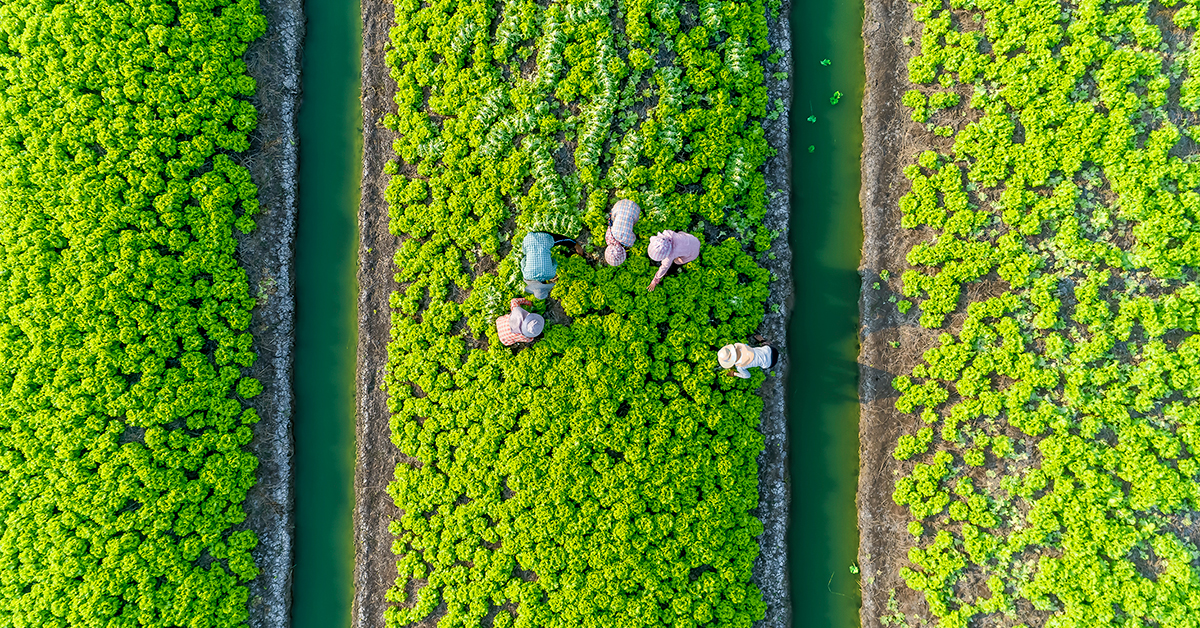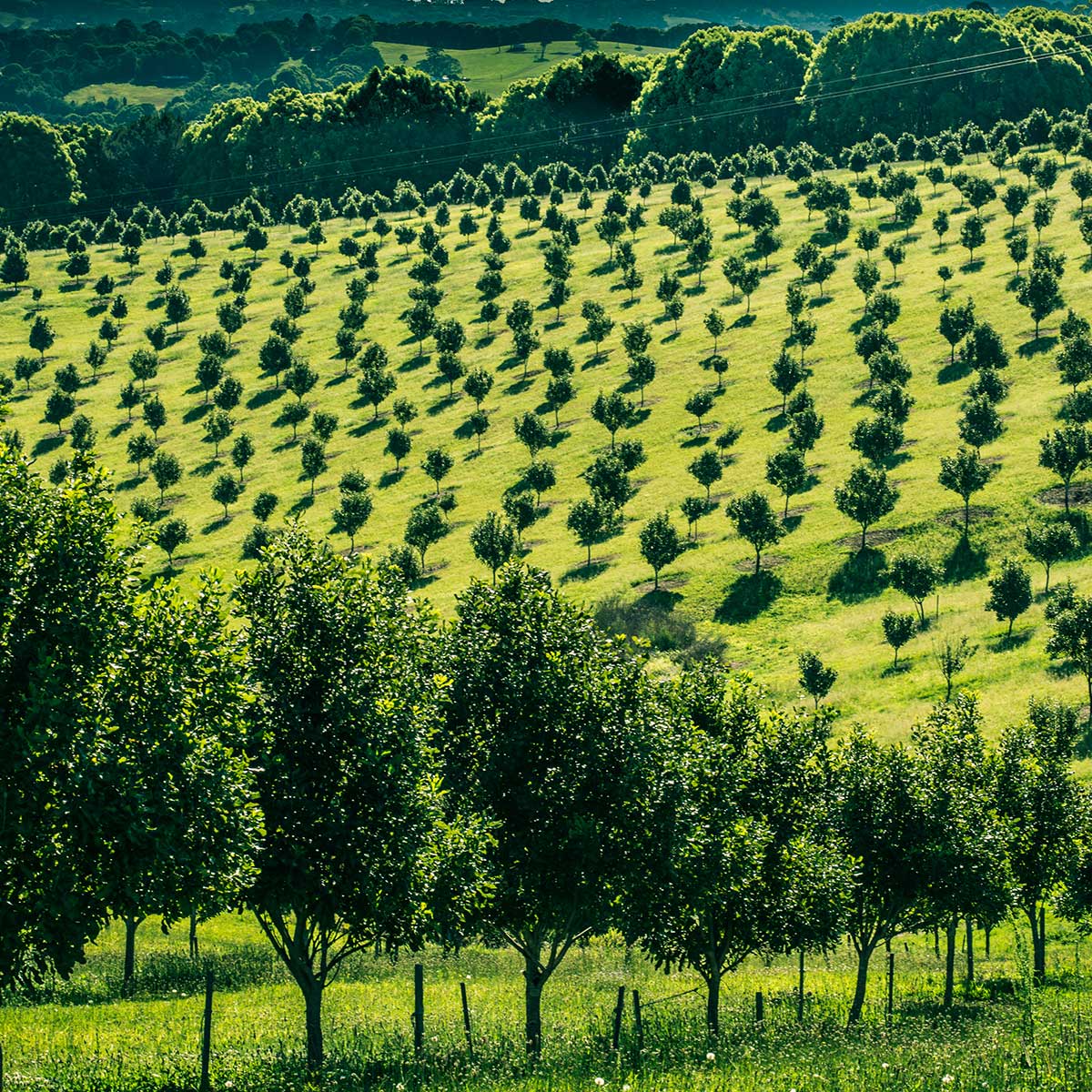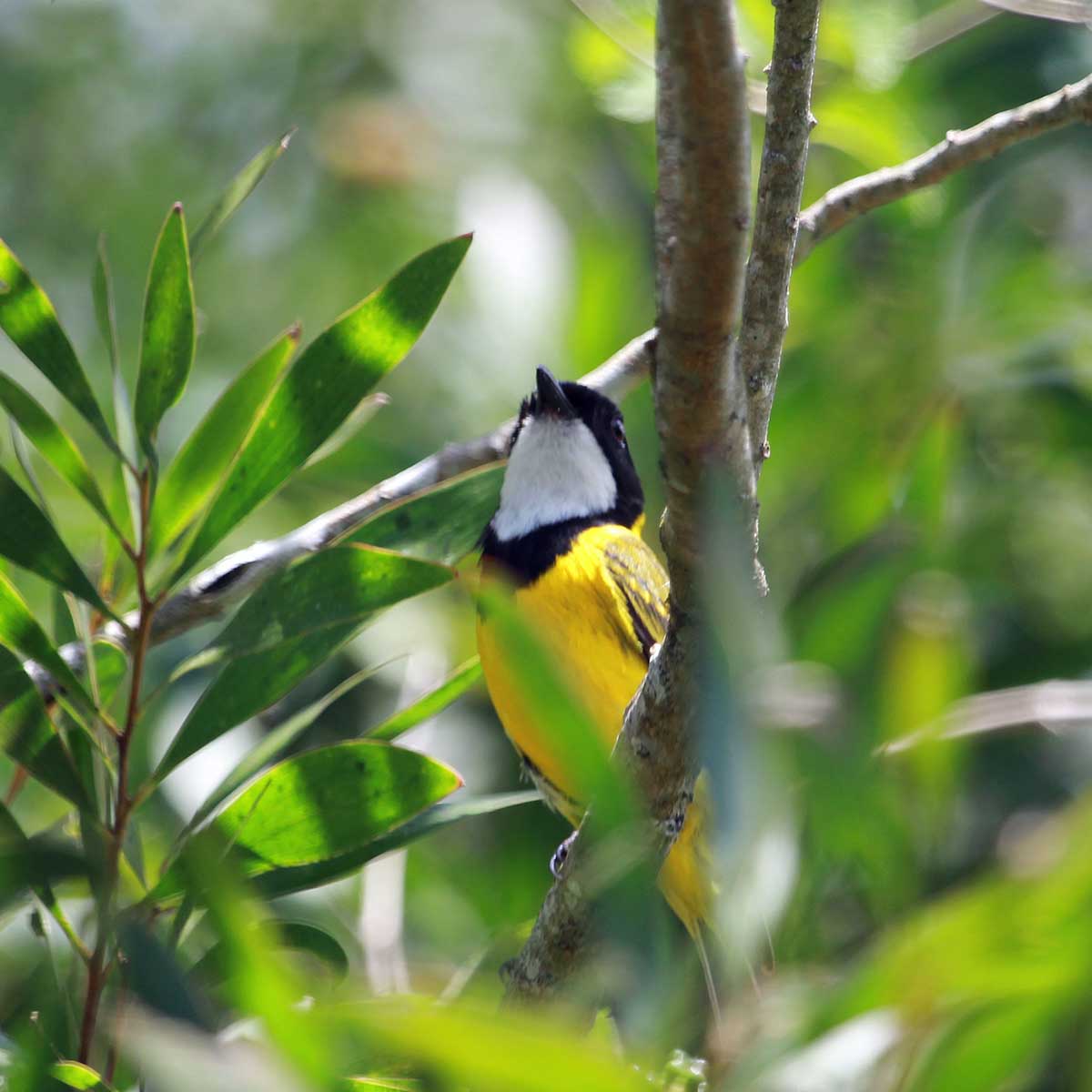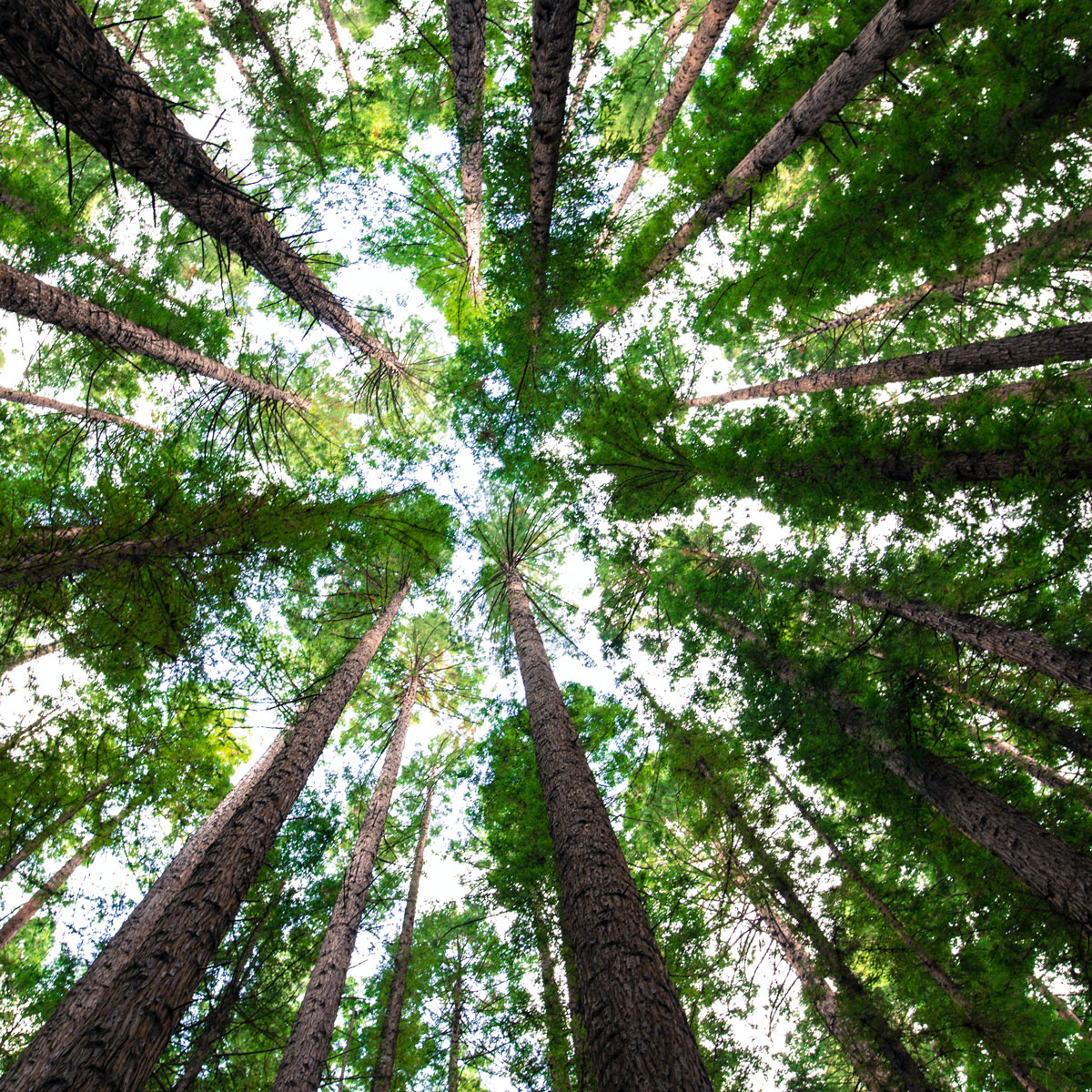
Natural capital sustainable investing report
Download the full reportWhat we produce
Investments in timberland and agriculture are investments in assets that meet basic human needs—food, feed, fuel, fiber, and shelter—all of which we can expect demand to grow in line with population and income growth.

Timberland benefits
Renewable raw materials, providing for basic human needs (housing, furniture, paper)
Forest carbon sequestration
Protect soil, air, and water quality
Protect biodiversity and high conservation value forest
Contribute to sustainable development through economic growth and rural employment
Recreation opportunities
Agriculture benefits
In 2024, our agriculture assets produced:
Over 33 million pounds of almonds
equivalent to 528 million servings¹
Over 7 million pounds of walnuts
equivalent to more than 112 million servings¹
36 million pounds of pistachios
equivalent to 576 million servings¹
Over 3 million pounds of cherries
equivalent to more than 9 million servings³
Over 600,000 pounds of cranberries
equivalent to more than 3 million servings⁴
37 million pounds of grapes
enough to produce almost 12 million bottles of wine⁵
300,000 bins of apples
equivalent to more than 660 million apples²
8,000 bins of citrus
equivalent to more than 41 million oranges⁶
Healthy nutritious food, contributing to food security
Soil carbon sequestration
Pollinator habitat
Recreation opportunities
Contribute to sustainable development through economic growth and employment in rural areas
Renewable energy opportunities
1 Assumes a 1oz serving size. 2 Assumes 2,200 apples per bin. 3 Assumes a 5oz serving size. 4 Assumes a 3.5oz serving size. 5 Assumes 3lbs of grapes needed per 750ml bottle of wine. 6 Assumes 3,000 mandarins and 2,200 navels per bin.
Our stewardship approach focuses on three core thematic considerations—climate, nature, and people
Our integrated property management capabilities aim to reduce costs, enhance alignment of interests, and ensure that commitment to sustainability carries through from investment strategy to on-the-ground execution.
Nearly 1.8 million metric tons of C02 removed annually
over the past five years through our managed forests and farms
Nearly 2.3 million metric tons of C02 stored
in wood products harvested in 2024⁷
Nearly 6.1 million metric tons of forest carbon credits sold
by our timberland management group since 1985
Nearly 1.4 billion trees planted
by our timberland management group since 1985
Important disclosures
Important disclosures
Source: Manulife Investment Management. All data is as of December 31, 2024. Please refer to the 2024 natural capital sustainable investing report for details.
7 Quantity of carbon assumed to be stored in harvested wood products (from trees harvested over calendar year 2024) after 100 years. Represents long-term storage and calculated using market-specific (geography/species) conversion factors. It is a fraction of biogenic stock change, as only some of the carbon transferred from forest carbon pool to wood products pool goes into long-lived wood products.
100%
Of our managed third-party forests is sustainably managed⁸
100%
of our farms with regenerative agriculture practices9
500,000
cumulative acres of our managed sensitive forest lands are protected¹⁰
295
acres of pollinator habitat managed across our California orchards
23%
of our timberland has a conservation designation11
100%
our investments account for water risk and opportunity
Important disclosures
Important disclosures
Source: Manulife Investment Management. All data is as of December 31, 2024. Please refer to the 2024 natural capital sustainable investing report for details.
8 As of year-end 2023, 100% of our forests were certified under either the SFI or FSC, and our forests in Australia and New Zealand carry dual FSC and PEFC accreditation. As a condition of certification, forests must have management plans, including consideration of biodiversity. 9 Includes farms employing one or more of the following practices: conservation tillage or no till; cover vegetation/crop; crop residues; crop rotation; intercropping; non-productive vegetation; rotational grazing; and soil amendment. 10 Sensitive lands are defined as lands whose attributes may lend themselves to management for purposes not related to timber production. They typically are deemed critical habitat for sensitive or endangered species or are lands with high scenic, historical, cultural, or recreational values. We actively seek out and work closely with public agencies and environmental groups to consummate conservation transactions and initiatives that will protect these lands. Land preservation transactions are conducted on behalf of clients in accordance with the terms of the investment mandate, and in seeking to generate overall risk-adjusted returns on their assets. Protection may include moving the land into public or conservation group ownership or placing permanent restrictions on how it can be managed, such as through a conservation easement. 11 Forests with conservation designation include land bearing one or more of the following designations: old growth forest, forest ecosystem of high conservation value, high-conservation value forest, conservation easements, areas with restricted management due to presence of threatened and endangered species, areas of culture or historical significance, and buffer areas such as stream management zones and riparian management zones. Year-on-year change may be affected by asset acquisitions and/ or dispositions in addition to new conservation designations on the existing land base.
5.1 million
acres of land are open for public access12
30%
women staff representation¹³
17%
racially and ethnically diverse individuals staff represention
71st
percentile employee engagement survey score (with 90% of employees responding)14
Important disclosures
Important disclosures
Source: Manulife Investment Management. All data is as of December 31, 2024. Please refer to the 2024 natural capital sustainable investing report.
12 Access of any type, including by permit, exclusive recreation lease, or unrestricted open public access. 13 Includes North America staff as voluntarily reported in Workday only. 5 Leadership includes all timberland and agriculture staff at the level of director or higher (including AVP, VP). 14 Combined result for timberland and agriculture in 2024 Gallup employee engagement survey.
Collaboration
As a steward of natural resources, we're committed to collaboration as a cornerstone of our business, and we seek to establish mutually beneficial relationships with organizations that can complement our strengths.

Important disclosures
Important disclosures
Source: Manulife Investment Management. All data is as of December 31, 2024. All logos are registered trademarks of the respective organizations/firms represented. Manulife Investment Management is prompting each of the ESG actions shown through becoming a member of the respective programs or a partner with the organizations on these endeavors.
Our sustainability reports, policies, and disclosures for timberland and agriculture
Decarbonization will require stakeholders to reckon with the reality that atmospheric carbon dioxide concentrations are significantly higher today than in pre-industrial times, that the carbon-intensive industrial economy responsible for the fantastic increases in global wealth over the past two centuries has also led to depletion and degradation of the environment without which the prosperity of future generations is doubtful, and that swift action to reduce our reliance on carbon and enhance our resilience to increasingly devastating natural disasters is not only prudent - it’s imperative.
De-globalization will require stakeholders to recognize that while global trade - like an industrial global economy - has generally led to lower costs and better quality goods and services for most of the world, it too has not come without costs. Unequal access to such benefits as well as geopolitical fragmentation and conflict are already leading to a world where local and regional supply chains may be more resilient to shocks than global ones.
Demographics are shifting, as well. Global population growth is non-uniform, with developed nations largely static and most population growth concentrated in the developing world. As the post-WWII population surge retires, we’re also witnessing a massive generational wealth transfer. These dynamics will undoubtedly impact sources of demand for goods and services.
Digitization is re-shaping all aspects of investing, from the growing demand for data centers required to provide additional computing power and data storage, to the need for additional reliable, secure, and renewable energy to power them, to the use of artificial intelligence and machine learning.
-stewardship-in-action--stories-from-the-filed-webpage-build-out/WM-15099-Web-(MIM)-Stewardship-in-action_hero_image_collage_1200x1200.png)
Stewardship in action
As a steward and manager of some of the world’s largest forestry and agricultural properties, we’ve been dedicated to enhancing and improving the communities and environments in which we work and live since our founding in 1985.
3476741

.jpg)


















